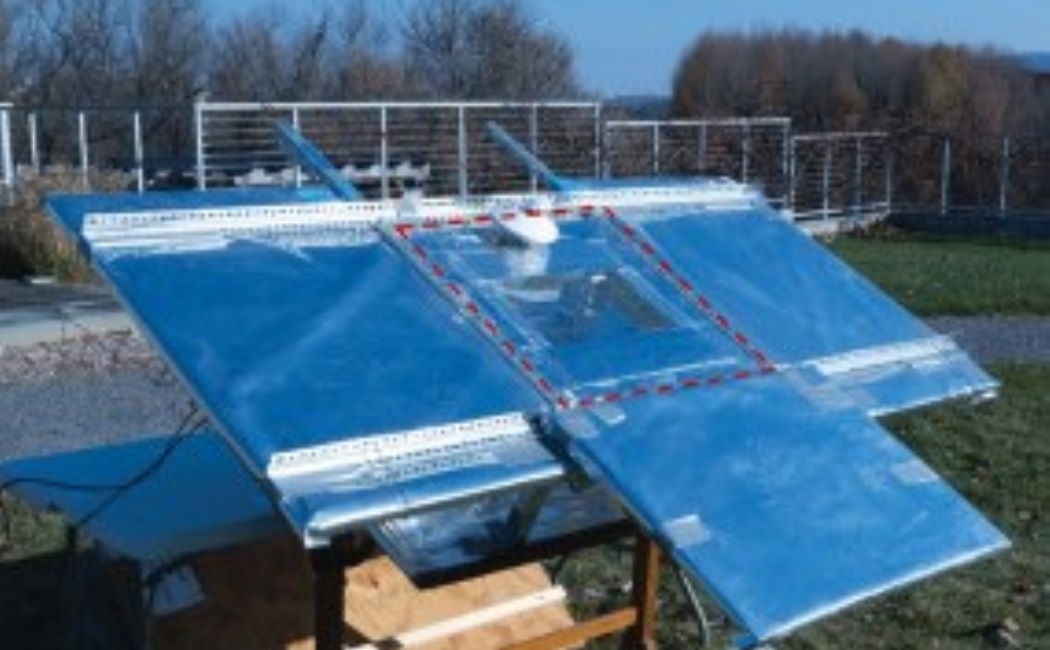
15 May, 2024
Since the inception of daytime radiative cooling technology, as highlighted in seminal work,1 significant attention has been drawn to its potential in addressing challenges associated with global warming. This innovative technology enables sub-ambient cooling by emitting infrared radiation through the atmosphere’s transparency window (8–13 μm), facilitating heat dissipation directly into outer space. Remarkably, this mechanism enables the cooling of surfaces below the ambient air temperature, even under sunlight, thereby offering a passive cooling solution that does not require electricity. However, the spectral selectivity involved calls for the use of materials or structures that are highly emissive in the infrared region while also minimizing the absorption of solar energy to prevent undesired heating.
In response to this necessity, pioneering efforts have concentrated on the development of super white materials capable of scattering incident solar radiation effectively while ensuring that thermal emission is confined within the atmospheric window. These materials have enabled significant reductions in energy consumption, particularly for applications in building envelopes5 and personalized cooling,6 thus demonstrating substantial promise. However, the emerging demand for energy-harvesting technologies, such as photovoltaics (PVs) and solar-thermal panels, presents a contrasting requirement. These systems, designed to absorb as much solar radiation as possible for conversion into electricity or thermal energy, necessitate operation at temperatures above ambient, thereby relying on materials with high solar absorptivity. Therefore, super-white materials optimized for sub-ambient radiative cooling, which predominantly scatter the visible to near-infrared spectrum of sunlight, do not meet the requirements for these energy-conversion applications. This inherent spectral conflict has historically necessitated a compromise, thereby precluding the simultaneous achievement of efficient energy generation and passive cooling within the same spatial domain. The implications of this compromise for sustainability and energy efficiency raise critical questions about the impact of radiative cooling technology if it necessitates forgoing the potential benefits of solar energy.
Original Link: Synergizing radiative cooling and solar power generation - ScienceDirect